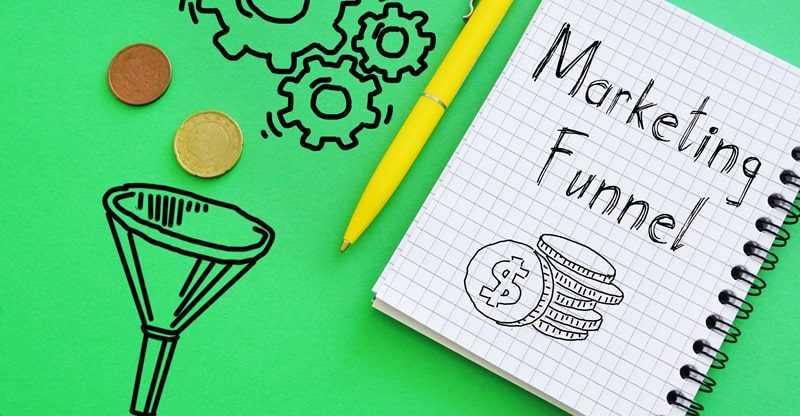Mastering Full Funnel Marketing: Navigating the Complete Customer Journey
It’s no secret that every business wants to attract more customers, build brand loyalty, and boost sales. However, achieving these objectives in today’s ultra-competitive business landscape can be challenging.
That’s why mastering full funnel marketing is critical for organizations that want to succeed.
Full funnel marketing is a strategy that aims to guide prospects from the awareness stage to the purchase stage by catering to their individual needs and preferences.
In other words, it’s about understanding the complete customer journey as a whole, rather than in individual parts and pieces, and aligning your marketing efforts accordingly.
In this blog post, we’ll explore the key elements of full funnel marketing and how you can navigate each stage of the customer journey.
Analyze Customer Data to Gain Insights into Segmentation and Targeting
Segmenting your customer base is the first step towards mastering full funnel marketing. Analyzing customer data can help you understand your audience, their needs and you can deliver highly personalized content that resonates with them.
By properly segmenting, you can optimize your marketing efforts and generate higher conversion rates. It’s essential to segment your audience based on demographic data such as age and location.
Also, look at customer behavior, such as purchase history and browsing activity, to get an even deeper insight into who your customers are and what exactly they want.
Develop Buyer Personas & Understand Their Needs
The next step towards mastering full funnel marketing is understanding buyer personas. A buyer persona is a fictional representation of your ideal customer.
Understanding your ideal clients’ behavior, needs, challenges, and pain points will allow you to tailor your marketing campaigns to reach them effectively.
Focus on creating distinct buyer personas, then craft campaigns that align with the specific needs and goals of each persona. To drive success, remember to create hyper-relevant content that speaks to them at each stage of their journey.
Choose the Right Channels for Reaching Different Stages of the Buyer Journey
To successfully navigate the complete customer journey, you must have a multichannel strategy.
Start by leveraging social media for top-of-the-funnel awareness campaigns. By creating a recognizable brand on social media, you increase your chance of capturing customer’s attention. Use email and personalization to nurture leads during the consideration stage.
Then, when nearing the end of the funnel, it’s essential to deliver tailored messaging to the customer. At this stage, using retargeting ads on social media can be highly effective towards the desired outcome.
Build an Effective Landing Page to Convert Leads
A landing page is an absolutely crucial element of full funnel marketing. It is where your customers will arrive after clicking on your ad or email. It should be designed to convert leads by communicating value, addressing pain points, and providing a clear and compelling call-to-action.
Remember, a poorly designed landing page can lead to high bounce rates, low conversions, and wasted marketing spend.
Use Social Media for Maximum Reach & Engagement
As mentioned earlier, social media is a powerful tool that can help you reach and engage with your customers at every step of their journey. By creating a consistent and compelling social media strategy, you can build brand awareness, drive consideration, and increase conversions.
Social media can also help you build a loyal and engaged community of brand advocates who will help you grow your business through word-of-mouth marketing.
Create Content That Resonates With Customers at All Stages of the Funnel
Creating high-quality content that resonates with your target audience is essential for full funnel marketing. The content you create should address the needs, pain points, and interests of your audience at each stage of the funnel.
At the top of the funnel, you can create educational and informative content that helps your audience identify their problems and find solutions. At the middle of the funnel, you can create content that highlights the benefits and features of your products or services. At the bottom of the funnel, you can create content that offers testimonials, case studies, and demos to help your audience make a decision.
Track Progress and Make Data-Driven Adjustments as Needed
Tracking your progress and making data-driven adjustments is crucial for full funnel marketing success. You need to track metrics like website traffic, conversion rates, and revenue to understand how your marketing campaigns are performing.
You can use tools like Google Analytics, CRM software, and social media analytics to track these metrics. You can then make data-driven adjustments to your marketing campaigns to optimize their performance and increase your ROI.
Final Thoughts
By following the key elements we’ve outlined in this blog post, you can navigate the complete customer journey and grow your business.
Whether you’re just starting or have an established business, implementing full funnel marketing can help you achieve your objectives and build long-lasting customer relationships.



